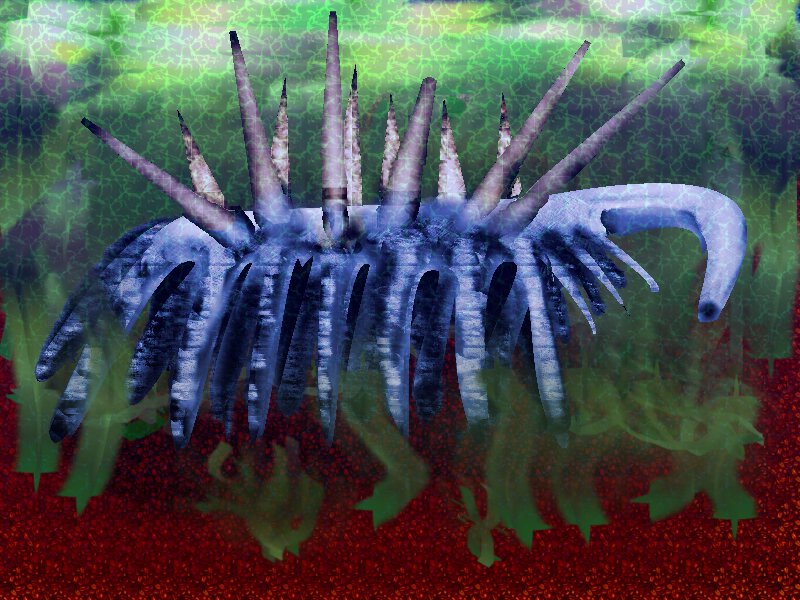
Well, some researchers say so, at least in velvet worms, around for half a billion years from some accounts which we had mentioned recently:
Onychophora lead a cryptic lifestyle as predators in decaying logs and leaf litter. Hence, very little is known about their behaviour. They are generally assumed to possess only a limited behavioural repertoire, even though their surprisingly evolved brain suggests otherwise. Our studies on the Australian species Euperipatoides rowelli show for the first time that onychophorans are indeed capable of complex behaviour. Euperipatoides rowelli individuals form aggregations of up to 15 females, males and young. These aggregations are not random assemblages, but close social groups organized in a hierarchy based on female dominance. Food is hunted collectively, but the dominant female of a group feeds alone, before other females, males and young. Hierarchy within a group is established by aggressive-dominant and passive-subordinate behaviours, the latter leading to tolerance of body contact and aggregation. Euperipatoides rowelli from foreign groups, i.e. from different logs, are met with intense aggression, and individuals rarely aggregate. The reasons for this aggression are not clear, but we suggest that its origins lie in kin recognition. The evolution of social behaviour within the Onychophora is discussed with respect to their ecology, population genetics and phylogeny.
How much dumber are these velvet worms than most mammals?